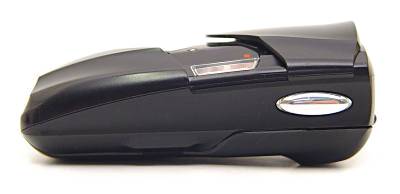|
This is the only acceptable point-and-shoot camera I know. Of course it is made of plastic and the photographer has no full control over the exposure parameters etc. On the other hand, it has a number of features distinguishing it from the other crap marketed today, which make it a very well useable camera capable of producing high-quality results. It is a consequent further development following the track opened with the famous Olympus XA. The µ-II features a f/2.8 35mm wide-angle lens, which, compared to todays p&s cameras, is remarkably fast. The auto focus system ("Multi AF") seems very reliable. It has a built in flash and offers the usual flash programs, blah blah ..., lets concentrate on the more salient features:
Note that the µ-II employs a very unusual viewfinder design. On the back side there is the normal window, but seen from the front there is nothing ...? There is only the flash and the lens. Looking very carefully you finally find a tiny window just above the lens (see Fig. 2). That's the finder window. This camera was used by Frank Horvat for his 1999 Photodiary project (published by Dewi Lewis Publishing, Manchester, 2000). He does not explicitly quote it, but you can clearly identify it on some mirror self portraits (e.g. June 1). |
|




